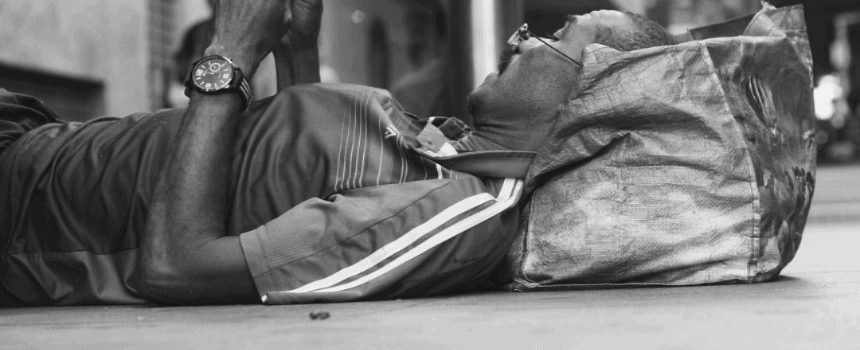Just because we know what a word means doesn’t mean we really understand how to use it properly. Take “lay” and “lie” for example. Do you know which of these is the proper usage?
- “Today has been the longest day of my life, I need to lie down.”
- “Today has been the longest day of my life, I need to lay down.”
If you guessed the first option, you were correct. Don’t feel bad if you chose wrong though, people make this error a lot more frequently than you may think. Let’s take a look at the proper usage of these words.
Lay is a verb meaning to set or place something in a resting position. It’s a transitive verb, which means it describes an action done to something, and thus it will always require a direct object.
Examples:
- I always lay down a mat before I practice yoga.
- The workers always lay out their equipment in the middle of the street.
Lie has multiple different meanings. The first is a verb meaning “to tell a falsehood.”
Examples:
- Don’t lie to me!
- That girl lied under oath.
However, the second meaning is what people tend to get confused with “lay.” “Lie” can also function as a verb meaning “to recline or rest in a flat position.”
Examples:
- If you lie in the sun all day, you’re going to get sunburned.
- It’s been a long day, I need to lie down.
Where people get really confused here is when we start discussing different tenses of these verbs. Let’s look at “lie” first. The present participle (verbs ending in “-ing” in English, indicating a continuous action) of “lie” is “lying.” This applies to both definitions of “lie.”
Examples:
- I knew she was lying the second she opened her mouth.
- I spent all day lying on my porch.
The past tense of “lie” when it means “to tell a falsehood” is “lied.” However, when it means “to rest,” its past tense is “lay.” A recipe for confusion, I know, I know…
Examples:
- She lied to us all!
- All he did was lay around all day.
The present participle of “lay” (to set something down) is “laying.”
Example:
- That hen has been laying eggs nonstop.
The past tense of “lay” is “laid.”
Example:
- I laid my book on the table.
This is obviously a lot to take in, and I wish I could tell you there was a simple way to master these words, but there’s not. There’s no shame in “knowing what you don’t know” though – until you have these rules memorized, just be sure to double check your accuracy each time you use them. There’s no shame in not knowing, but there is shame in improper usage.
This post courtesy of MMC Summer 2019 Intern Bianca Price.



